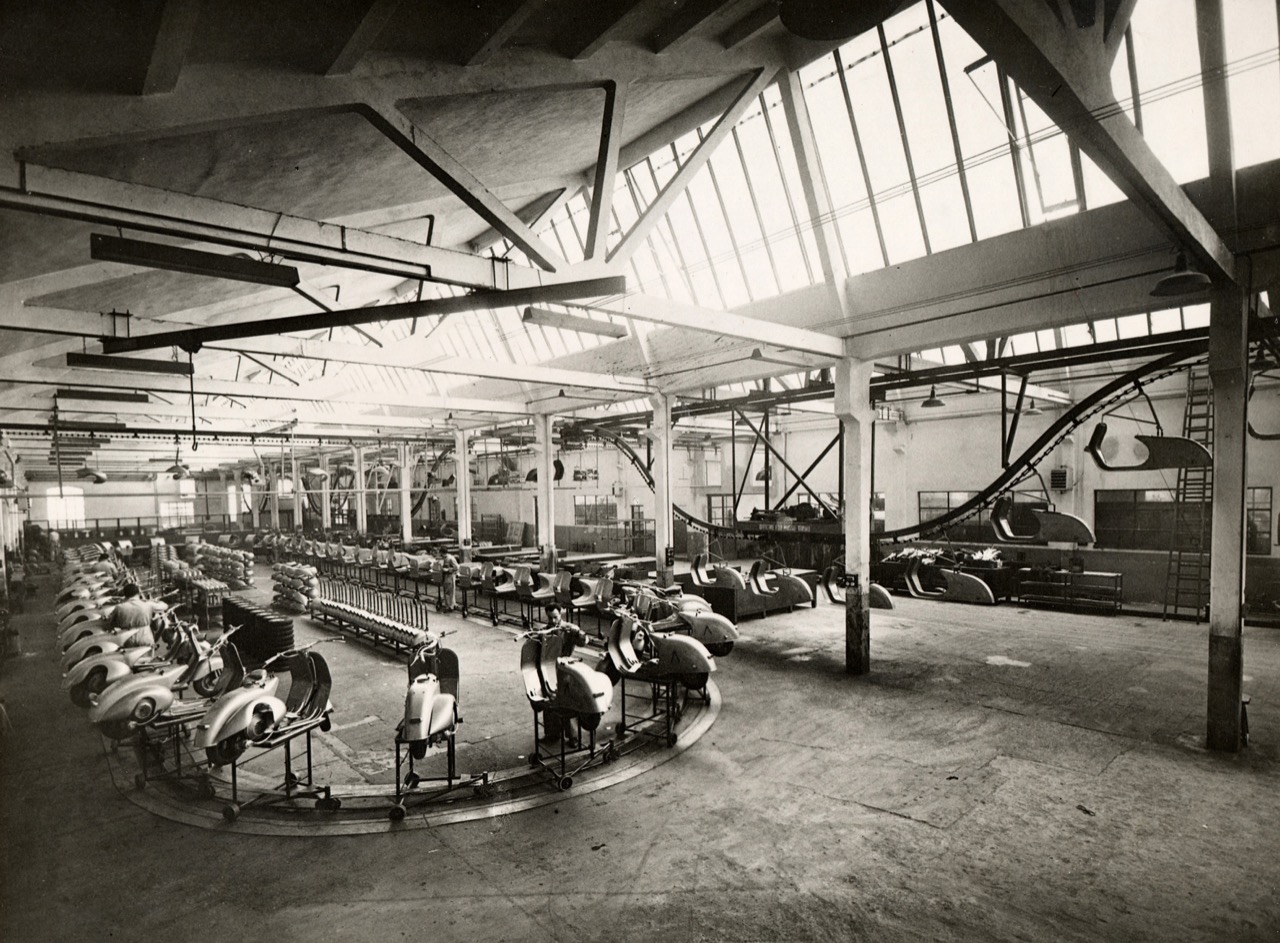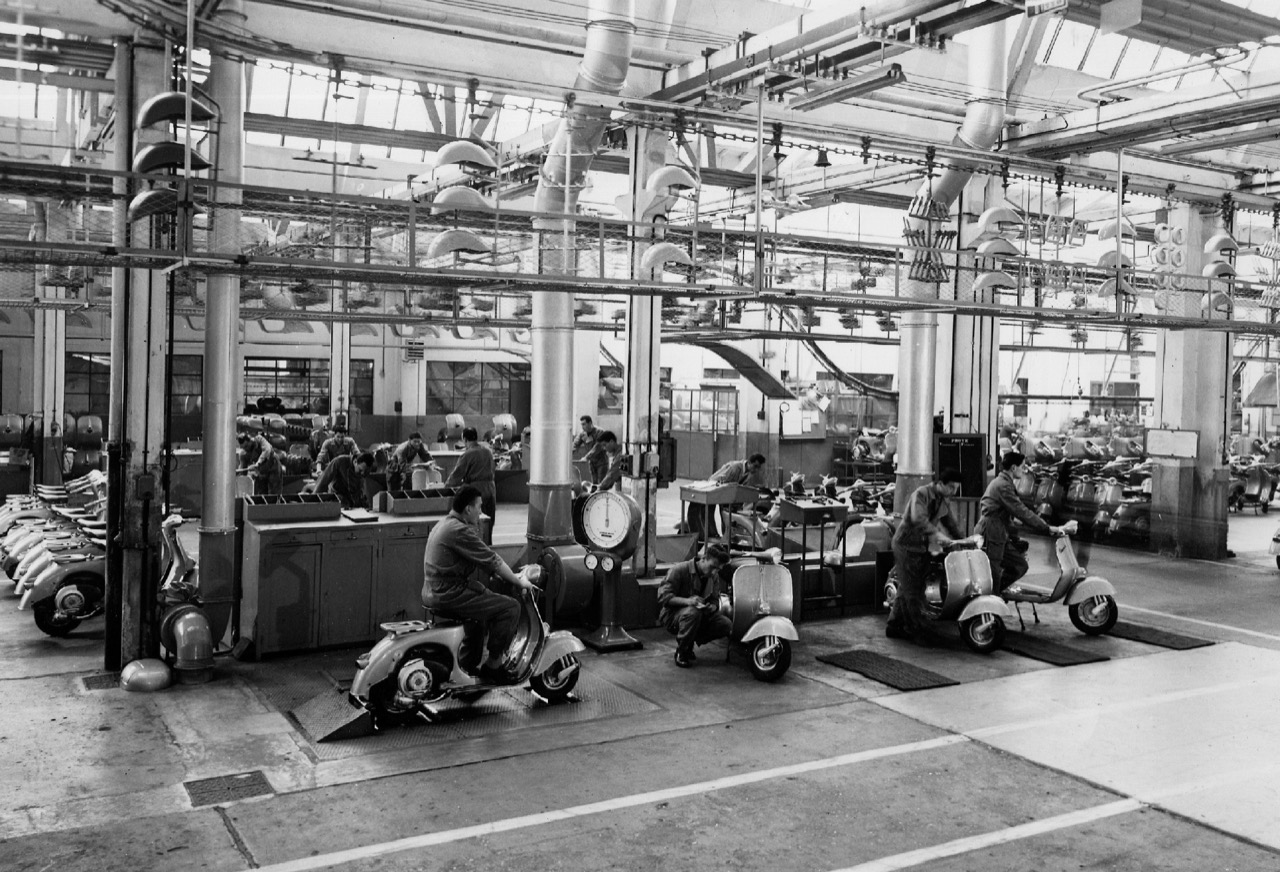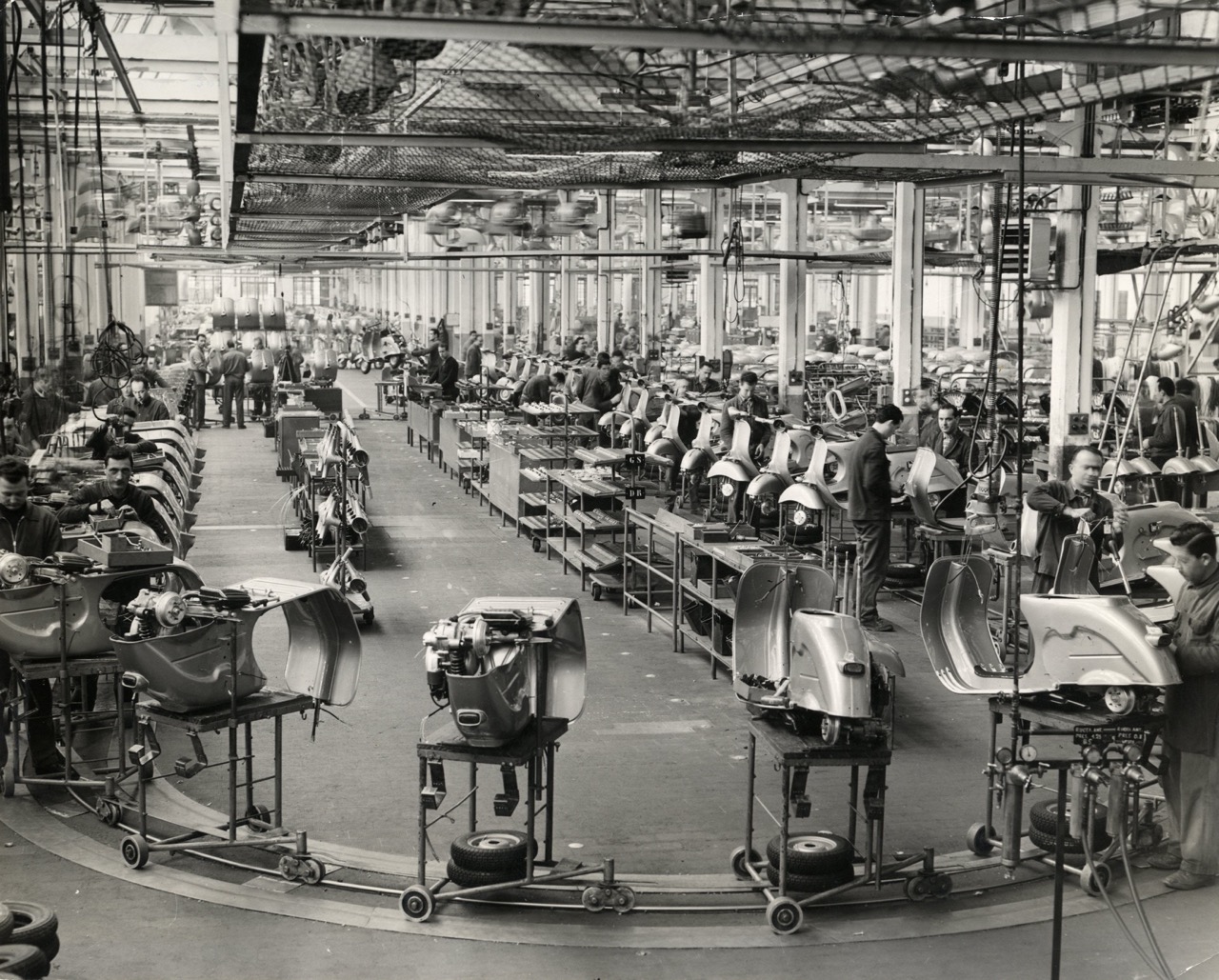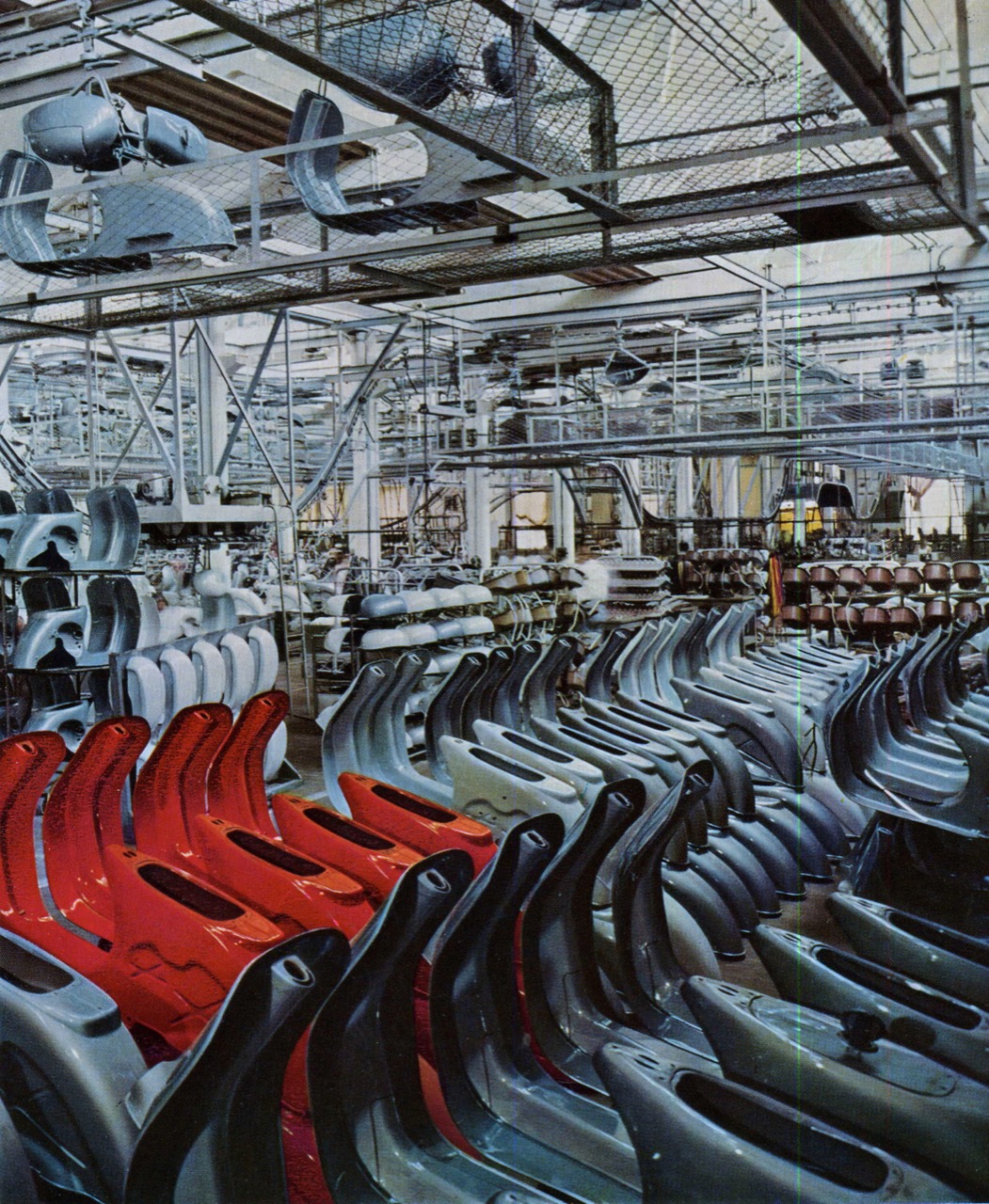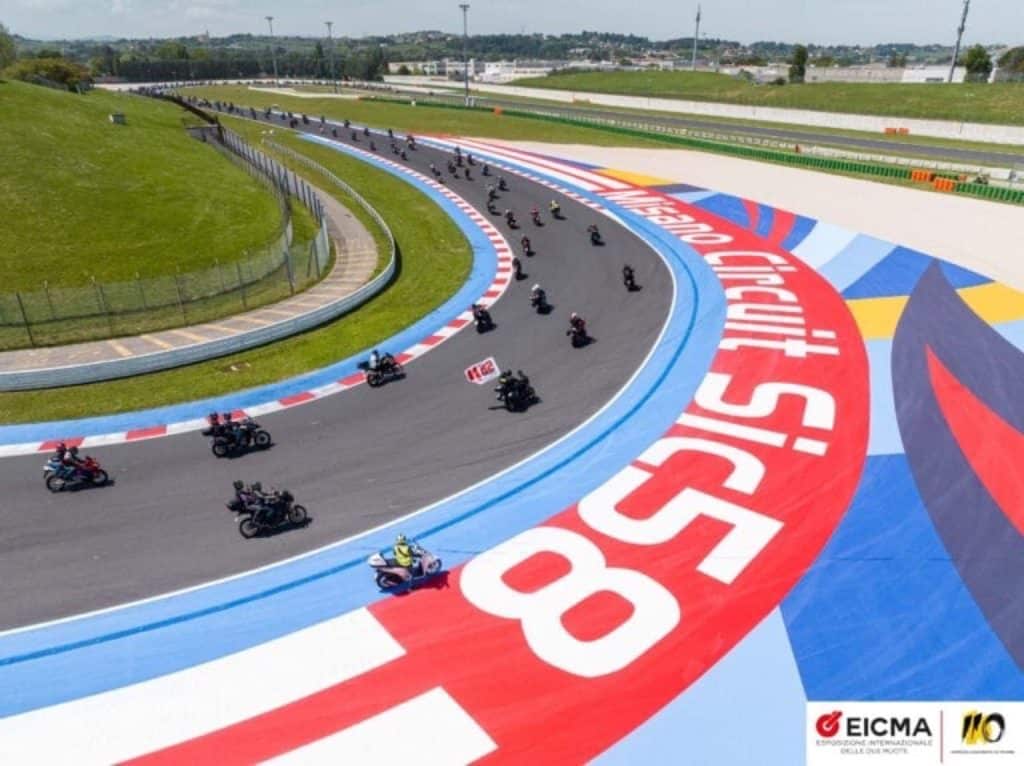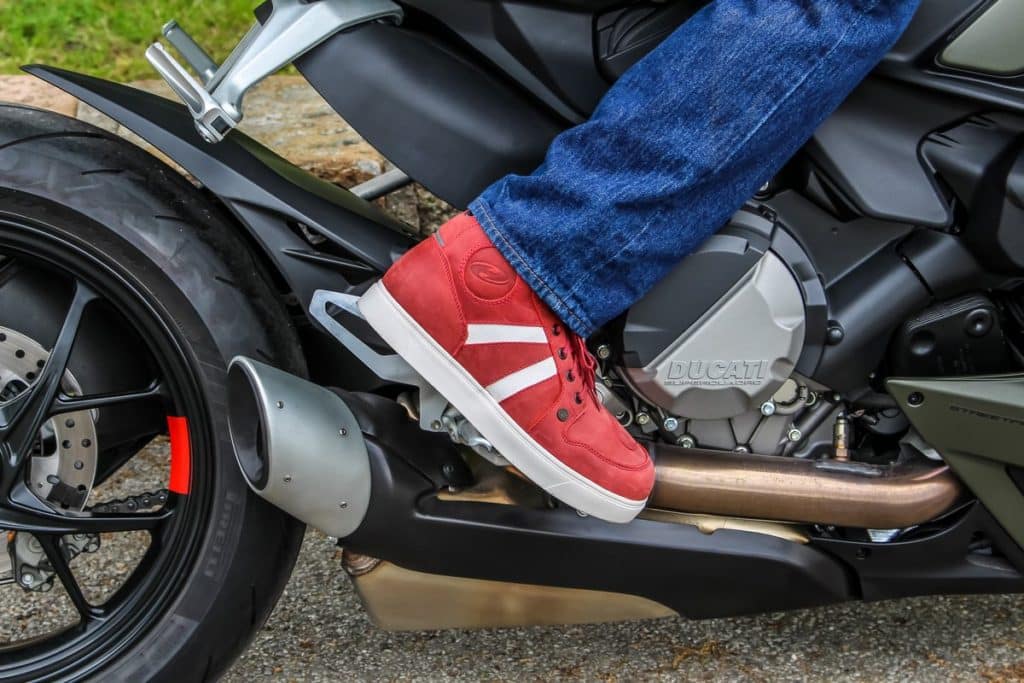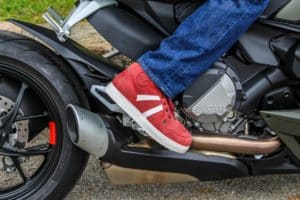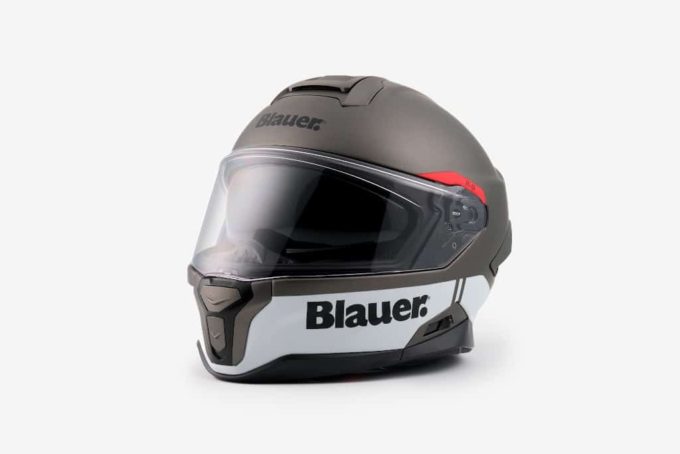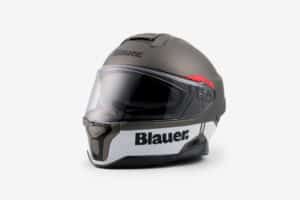Vespa: a history of style and dynamism since 1946 [PHOTO]
The patent filed on April 23rd 75 years ago
![Vespa: a history of style and dynamism since 1946 [PHOTO]](https://moto.motorionline.com/wp-content/uploads/2021/04/8-Stabilimento-dopo-alluvione-1966-1024x761.jpg)
![Vespa: a history of style and dynamism since 1946 [PHOTO]](https://moto.motorionline.com/wp-content/uploads/2021/04/8-Stabilimento-dopo-alluvione-1966-300x223.jpg)
I have passed 75 years and the notoriety of Vespa is demonstrated by the 19 million specimens present in the world. A vehicle that has become an icon, a tool for aggregation, an example of art in movement that has evolved over time, while retaining peculiar aspects linked to its constructive essence.
A distant past
Vespa is a brand linked to Piaggio Group and to the very history of the company founded in Genoa in 1884 by Rinaldo Piaggio, which initially operated in the naval furnishings branch and then moved towards the creation of railway carriages and wagons, trams, engines and special bodies for trucks. With the outbreak of the First World War, Piaggio also dealt with aeronautical development and dedicated itself to it in the following years, producing seaplanes and airplanes, also acquiring new factories such as an aircraft factory in Pisa in 1917 and four years later a factory in Pontedera which became the center of Piaggio's aeronautical production. In that period this company became one of the major producers in the sector before the Second World War and therefore the Piaggio factories located in Genoa, Finale Ligure and Pontedera became strategic war targets and were destroyed during the war period.
After the war, in 1946 Enrico and Armando Piaggio, Rinaldo's sons, concentrated on a new industrial course. Enrico took care of the reconstruction of the Pontedera factory, recovering part of the machinery present in Biella and directing production towards individual mobility. From this purpose and with the design work of the aeronautical engineer Corradino D'Ascanio (1891-1981), a dream called Vespa took shape.
From the “Donald Duck” to the Vespa
The Vespa was designed to be a low-cost product for mass consumption, Enrico Piaggio himself studied every solution to reactivate production, starting from the Biella factory, where a "motorscooter" was developed taking inspiration from compact motorcycles for parachutists.
Il MP5 prototype was nominated "Donald Duck" due to the strange shape, however Enrico Piaggio didn't like it and asked Corradino D'Ascanio to intervene. The designer, given his experience in the aeronautical field, found various solutions such as avoiding the exposure of a chain by adopting a load-bearing body, then located the gearbox on the handlebars and, to facilitate the replacement of the wheels in the event of a puncture, introduced a support arm similar to aircraft landing gear. The bodywork had to protect the driver by preventing him from getting dirty, furthermore, well before the studies dedicated to ergonomics, the driving position would have favored comfort and safety.
From the project revised by D'Ascanio came something new compared to the "Donald Duck", an original and innovative model. Thanks to the help of Mario D'Este, a trusted designer, in just a few days the designer defined the first project of the future Vespa to be built in Pontedera in April 1946. The name was given by Enrico Piaggio himself who, in front of the MP6 prototype, given a wide middle and a narrower section, said: “It looks like a wasp!” Since then a famous name in the world.
Il Vespa patent was filed on 23 April 1946 laid down by the Piaggio & CSpA, at the Central Office of Patents for Inventions, Models and Brands of the Ministry of Industry and Commerce of Florence. A patent for: “motorcycle with a rational complex of organs and elements with a frame combined with mudguards and bonnet covering the entire mechanical part”.
Enrico Piaggio started a series production of two thousand examples of the first Vespa 98 cc and the vehicle was presented for the first time at the prestigious Circolo del Golf in Rome, in the presence of the American General Stone who represented the Allied military government. An event also covered by the American newsreel Movieton and the Italians saw the Vespa for the first time in the inside pages of Motor on 24 March 46 and on the black and white cover of La Moto on 15 April 1946. Then they brought the model closer to the Fair of Milan the same year and on that occasion the Vespa also caught the attention of Cardinal Schuster.
The present period
They passed well 75 years since then and Vespa has evolved, keeping in mind the innovative concept of a load-bearing bodywork built in steel, receiving increasingly advanced engines and technical solutions. Currently, several types can be distinguished, starting from the youth Vespa Primavera in 50, 125 and 150 cc displacements and sparkling Vespa Sprint which represents an evolution of Spring itself. Then there's the Vespa GTS, equally known as "Vespone" given its more generous bodywork, which is also the fastest and sportiest thanks to the 4, 125 and 150 cc 300-stroke engines, liquid-cooled in the types Vespa GTS, GTS Super, GTS SuperSport e Touring with a new and more powerful 300 hpe engine.
Also interesting and sought after is the (VESPA 946) RED, linked to the collaboration between the Piaggio Group and (RED), dressed entirely in red in light of the programs to fight AIDS, tuberculosis and malaria of (RED), an association founded in 2006 by Bono and Bobby Shriver, who has contributed hundreds of millions USD to the Global Fund to fight AIDS, Tuberculosis and Malaria in Africa.
(VESPA 946) RED is the most recent of Vespa 946, the exclusive model that recalls the year of birth, 1946. From 2020 the Vespa Primavera is also available in the (RED) version.
The evolution is also underlined by Electric Vespa, the model with the technological heart of the icon linked to the Piaggio Group, available in versions with a maximum speed limited to 45 km/h and 70 km/h, equipped with functional solutions such as digital instrumentation on a TFT display to which Vespa MIA can be associated.
A special series was also recently presented Wasp 75th, remembering the anniversary.
Over the past decade, more than one million eight hundred thousand new Vespa models have been created and spread around the world. A reality that has become global and comes to life on the website Pontedera, the same factory where it has been made since 1946 and where the models destined for European and Western markets, including the Americas, are developed; then to Vinh Phuc, in Vietnam, for the local market and the Far East countries, then in India in the plant Baramati inaugurated in April 2012, from which the models for the Indian market emerge.
Photo: Vespa
if you want to always be updated on our news
Follow us here

